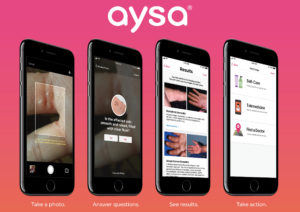
by Todd Etshman, In Good Health Rochester (MARCH 1, 2020)
Early detection of cancer through a screening process is still essential for effective cancer treatment and for the patient’s chances of survival, several local experts say.
People in a group at high risk of cancer need to have more frequent screening and must begin screening at an earlier age. Common high-risk factors include age, race, family history and the results of previous screenings above normal range.
Women tend to be better at getting screened for cancer than men for a variety of reasons, says Jean Joseph, chairman of the department of urology at the University of Rochester Medical Center. “Men don’t go to the doctor until there’s a problem,” he says. For some men, prostate and colon cancer screening involved areas of the body that are taboo. It’s a mistake that can cost lives. “What you don’t know can kill you,” Joseph says.
Here’s a look at commonly used screens for leading types of cancer.
Skin cancer is the most common cancer in the U.S. today, accounting for more incidents of cancer than every other cancer combined. Fortunately, it is also one that is relatively easy to monitor and detect.
A Rochester based company, VisualDx, developed the Aysa app that allows people to photograph a skin lesion and have it analyzed before a dermatologist even sees it. Soon, patients will be able to send that picture directly to a dermatologist, says Nana Duffy, lead physician for dermatology at Rochester Regional Health. “Artificial intelligence can only help us”, she says.
Click to read about the other common cancer screenings discussed in the article.
